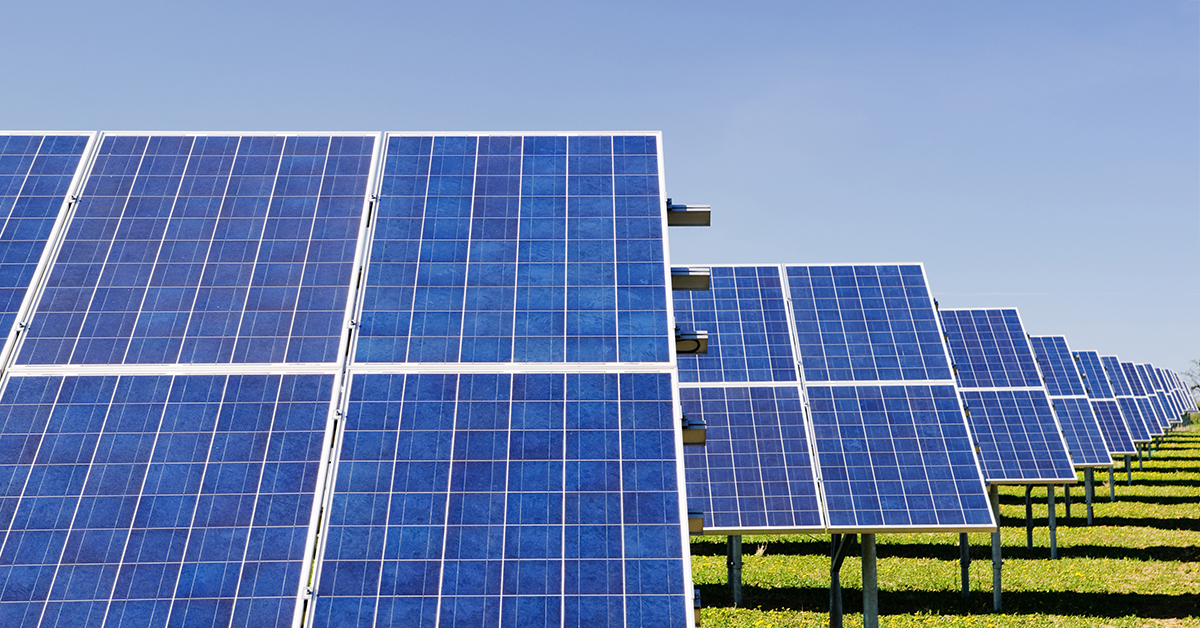
Photo by Zbynek Burival on Unsplash
Greenpeace’s 5th Energy [R]evolution report is out with bold projections about the future of sustainability, claiming that it is within our reach to fully uncouple from the grid and harness renewable sources for all our energy needs by 2050.
For the first time in decades, CO2 emissions last year were stable. As a result of declining coal consumption in China, energy-related CO2 emissions remained stable across the globe in 2014. This, despite continued economic growth. But that’s only half the story told.
As it turns out, an accelerating number of countries around the globe are beginning to appreciate the long-term benefits of renewable energy sources like wind, solar, and biomass. Not just the end-results, but also the lucrative business generated by these technologies.
Pictured above is one such example – a $425 million solar power plant in Spain that uses molten salt to store energy overnight. The plant produces electricity at least 270 days of the year, or about 3 times more than similar renewable sources. The array produces an estimated 110 GWh/year, powering 25,000 homes.
2°C away from a wake-up call
Phasing out nuclear and fossil fuels completely is still far on the roadmap, and even energy experts are skeptical. According to the Intergovernmental Panel on Climate Change (IPCC), we have already used almost 2/3 of our “carbon budget” that keeps us within a distance of 2 degrees C from processes that could change our planet’s behaviour, perhaps irreversibly. At the current and projected rate of consumption, this budget will be used up by 2040, making it not just advisable, but imperative to move rapidly towards a new form of energy supply.
The Greenpeace report comes with hard data that demonstrates not just the benefits, but also the feasibility of the undertaking, including increased employment in the energy sector. It claims that “the world’s biggest energy agencies, financial institutions and fossil fuel companies for the most part seriously under-estimated just how fast the clean power sector could and would grow,” and shows us how and when this was realized.
The “Silent Revolution” is alive and kicking
We are not on the pathway to 100% renewable energy and we have yet to use renewables in the heating and transport sectors on a global scale. However, the non-profit ensures that the “Silent Revolution” is playing out nicely across the globe. Over the last decade, a whopping 553,000 MW of renewable energy capacity has been installed worldwide, reaching a record $ 270 billion in total investment in 2014. Perhaps the best news of all, the cost of modern renewable energy technologies is falling rapidly year over year.
The fifth edition of the Energy [R]evolution report outlines an updated pathway to a global
sustainable energy future through doubling the level of renewable energy, doubling the global rate of improvement in energy efficiency, increasing employment in the clean energy sector and, last but not least, providing universal energy access by 2050.
So, what do you think? Will the world’s biggest governments and corporations take Greenpeace up on its forecast, or is the E[R] report but a tree-hugger’s dream that will fail to materialize in the projected timeframe?
Post A Reply